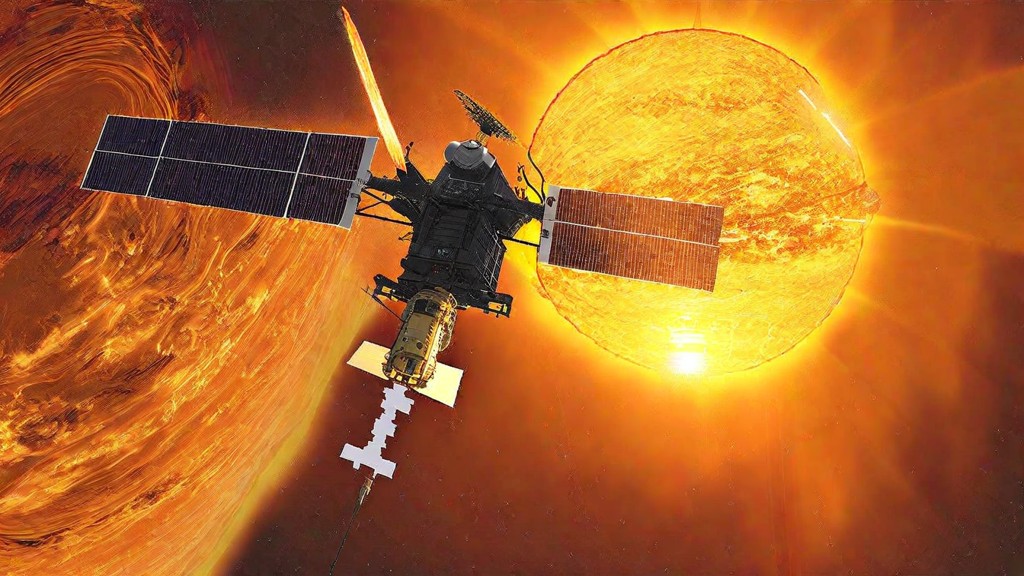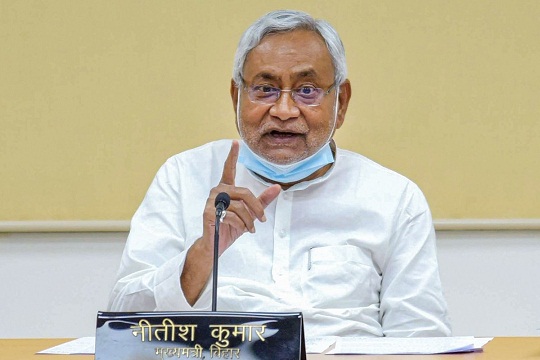
ISRO’s Sun Mission Aditya-L1 Launched Successfully
The Indian Space Research Organisation (ISRO) successfully launched its maiden solar mission, Aditya-L1, from the Satish Dhawan Space Centre in Sriharikota on Saturday. The PSLV-C57 rocket carrying the Aditya-L1 orbiter lifted off at 11:50 am IST and placed the spacecraft into orbit around the Sun.
Aditya-L1 is a spacecraft designed to study the Sun from a vantage point at the Sun-Earth Lagrange point (L1). The L1 point is a location in space where the gravitational forces of the Sun and Earth cancel each other out, allowing the spacecraft to stay in orbit around the Sun without using any fuel.
The Aditya-L1 mission will study the Sun’s atmosphere, including the chromosphere and corona. The spacecraft will also study the Sun’s magnetic field and its impact on space weather.
The Aditya-L1 mission is expected to last for five years. The spacecraft will collect data that will help scientists to better understand the Sun and its effects on Earth.
The successful launch of Aditya-L1 is a major milestone for ISRO. It is the first solar mission by the Indian space agency and it will help to advance our understanding of the Sun.
The launch of Aditya-L1 was attended by a number of dignitaries, including the Prime Minister of India, Narendra Modi. He congratulated ISRO on the successful launch and said that the mission will “further strengthen India’s space capabilities.”
The launch of Aditya-L1 is a significant achievement for India. It is a sign of the country’s growing space prowess and its commitment to scientific research. The mission is expected to make significant contributions to our understanding of the Sun and its impact on Earth.




